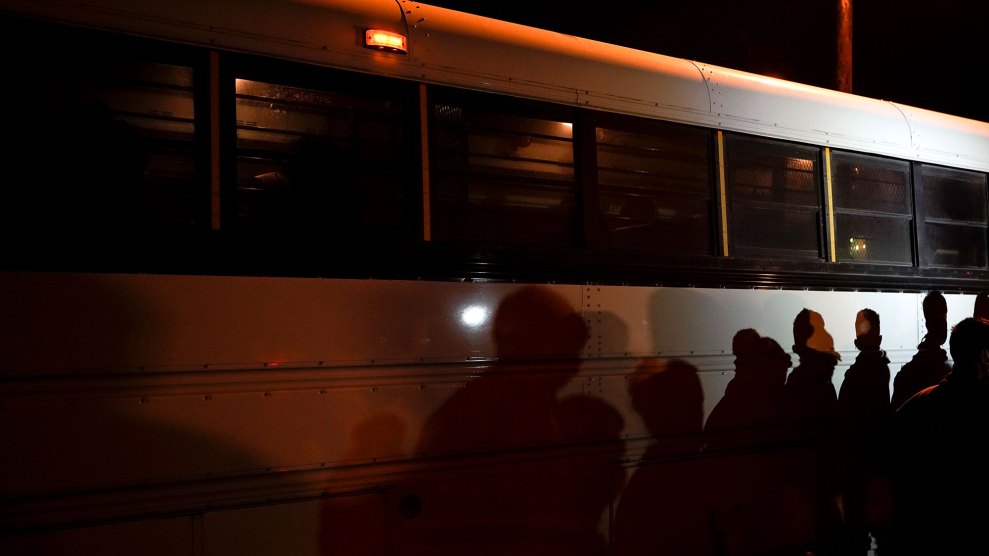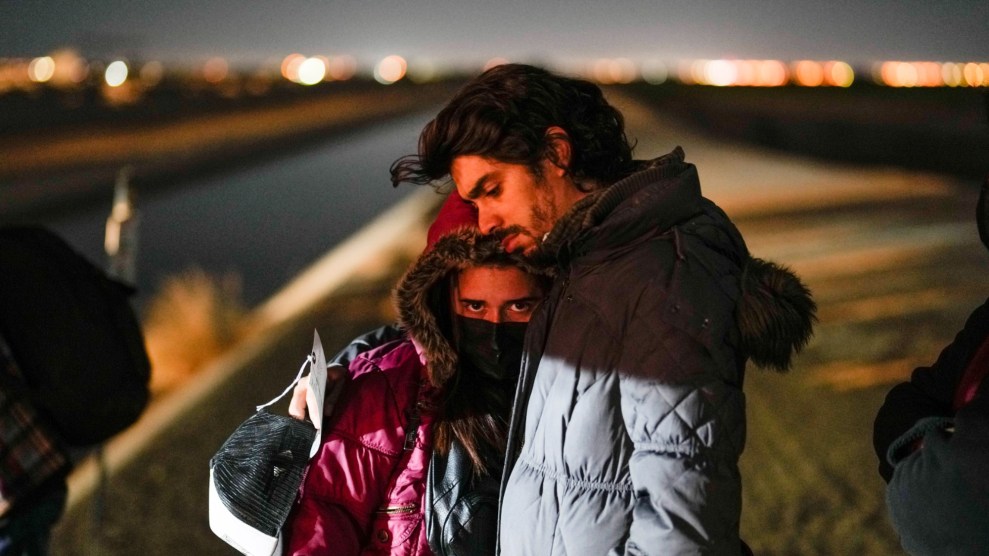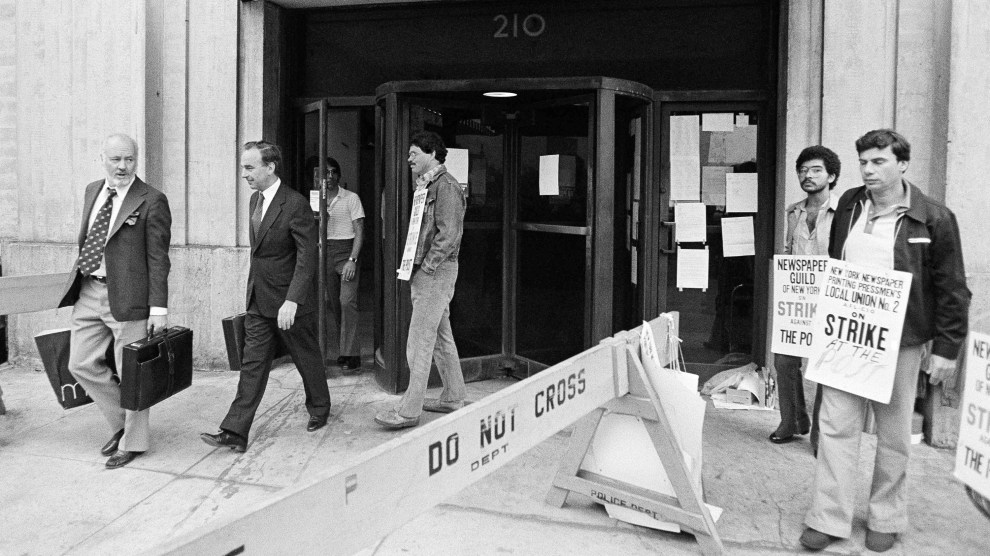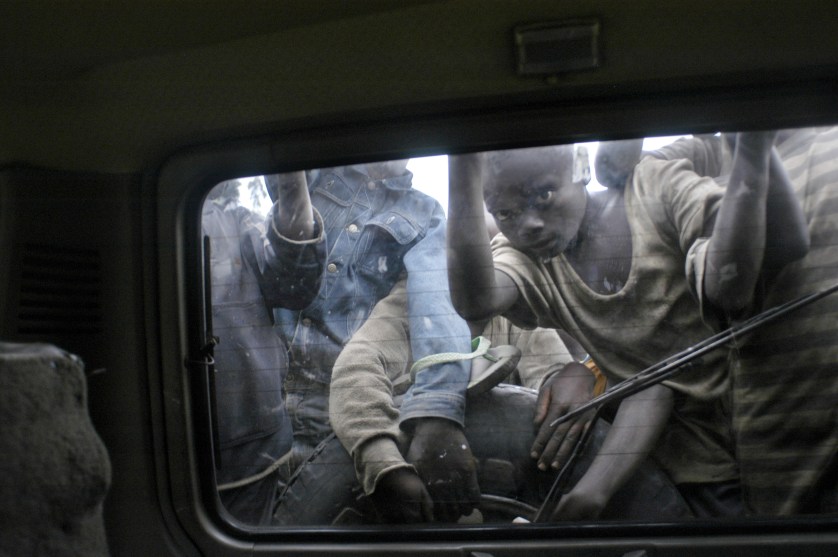
Gregory Bull/AP
Cheerios. Fruit of the Loom. Cheetos. What do all these brands have in common? They’ve all relied on the exploited labor of migrant children, according to the New York Times’ latest investigation. Journalist Hannah Dreier, who won a Pulitzer Prize in 2019, pulled back the curtain on the shadow workforce of kids who are forced to work some of the country’s most grueling jobs.
Due to economic desperation exacerbated by the pandemic, tens of thousands of children have been crossing into the United States without their parents. The number of unaccompanied minors arriving at the border jumped to 130,000 in 2022—three times what it was five years prior. Largely from Central America, these youth can be found all over the country, often working factory jobs for some of the United States’ most recognizable brands. As Dreier reports:
The Times spoke with more than 100 migrant child workers in 20 states who described jobs that were grinding them into exhaustion, and fears that they had become trapped in circumstances they never could have imagined. The Times examination also drew on court and inspection records and interviews with hundreds of lawyers, social workers, educators and law enforcement officials.
In town after town, children scrub dishes late at night. They run milking machines in Vermont and deliver meals in New York City. They harvest coffee and build lava rock walls around vacation homes in Hawaii. Girls as young as 13 wash hotel sheets in Virginia.
In many parts of the country, middle and high school teachers in English-language learner programs say it is now common for nearly all their students to rush off to long shifts after their classes end.
“They should not be working 12-hour days, but it’s happening here,” said Valeria Lindsay, a language arts teacher at Homestead Middle School near Miami. For the past three years, she said, almost every eighth grader in her English learner program of about 100 students was also carrying an adult workload.
Hearthside Manufacturing, a company heavily implicated in the investigation, had been cited by the Occupational Safety and Health Administration for 34 violations since 2019, with 11 employees suffering amputations in that time. In 2015, a machine reportedly caught the hairnet of one employee, ripping off part of her scalp.
In a statement, Hearthside that it was committed to complying with laws governing worker protections. “We strongly dispute the safety allegations made and are proud of our safety-first culture,” the statement read.









